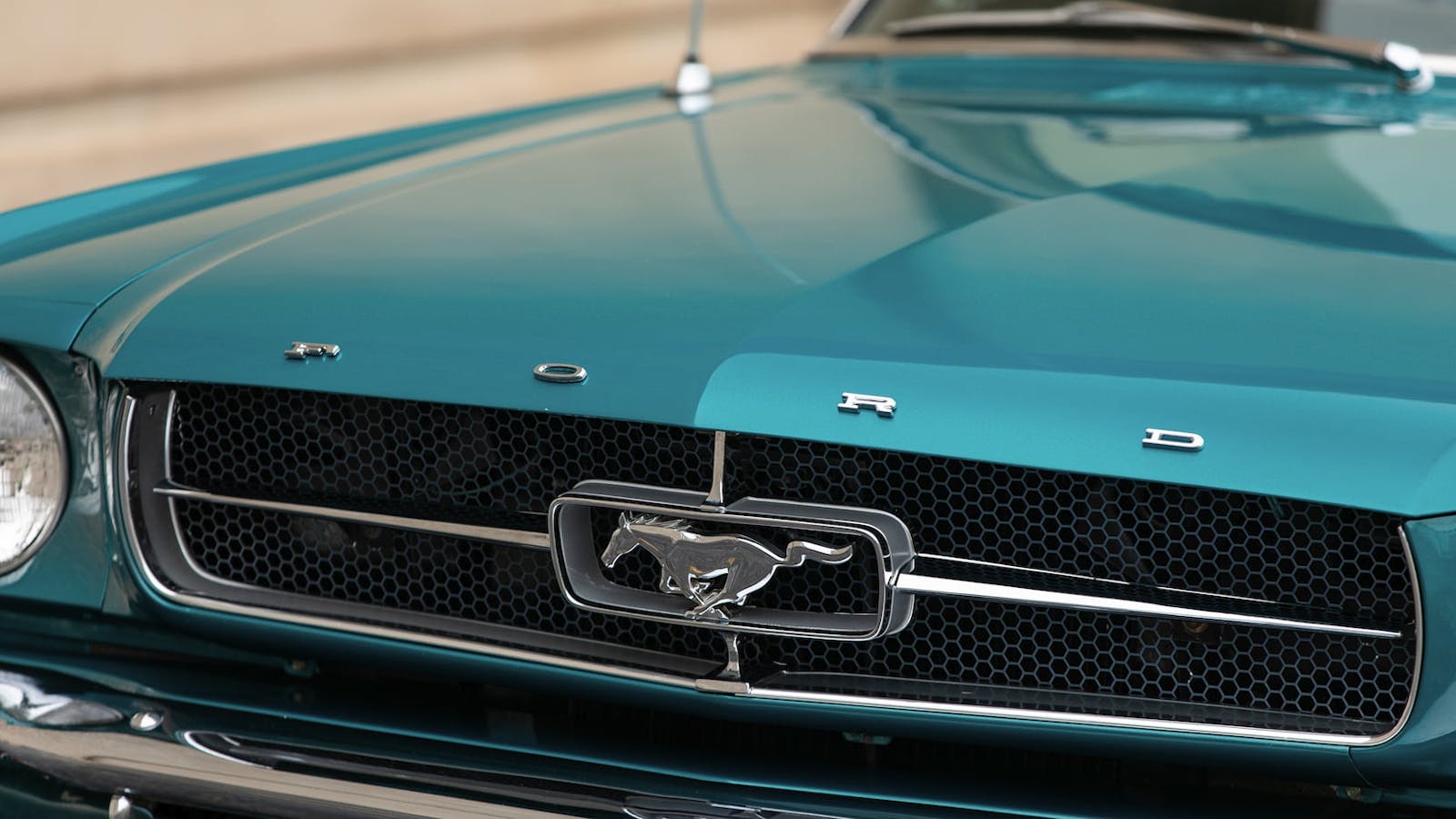Vintage trucks up, ’50s classics down, and other big 2021 movements
Now that we’ve turned the calendar to 2022, we’re looking back and seeing big year-over-year value changes in some segments of the collector car market. That means big gains and growth in some areas—we’ve already expounded on the strength of the muscle market—and downturn in other corners of the hobby. Let’s take a look at the year that was, comparing prices from the start of 2021 to now.
Significant Decreases
Microcars and ’50s American classics
Let’s get the bad news out of the way first. According to our numbers—and using #2-condition (Excellent) cars as the barometer—the biggest value drop among all vehicles we rate is for the 1955–69 Fiat 600 Multipla Station Wagon. The average price tumbled 25 percent, from $42,700 at the start of 2021 to $32,000 by year’s end.
After several months of escalating prices, it appears that quirky microcars found a ceiling after all. Tied for the second biggest drop is for the 1958–72 Subaru 360, which slipped 17 percent from $43,100 to $35,650.
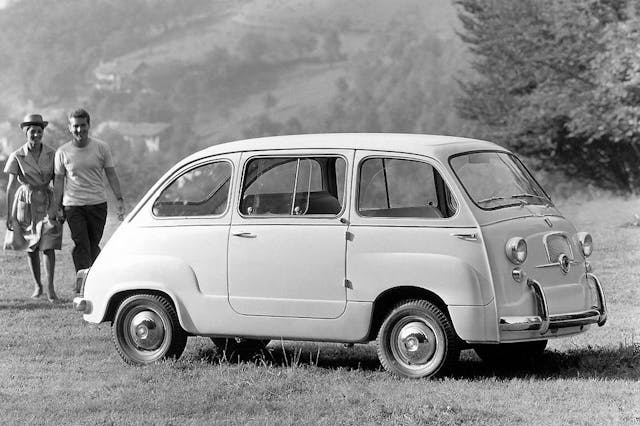
Classic 1950s American cars also continue to struggle. The 1956–57 Continental Mark II dropped 17 percent (falling from $107,000 to $88,700), the 1946–51 Mercury dipped 16 percent ($60,496 to $50,586), and the 1946–50 Chrysler Town & Country fell 13 percent ($85,185 to $73,957).
“The Continental Mark II and other 1950s American classics are continuing to decrease in value,” Hagerty Valuation Analyst Adam Wilcox says. But on the bright side, “When they become affordable enough, they’re get to the point where they’ll find a new generation of fans.”
Significant Increases
The biggest overall boom is among 1980s cars that were rebadged for the American market. So to avoid talking only about cars in that segment, we’ve broken down the increases into five sections.
1980s European cars rebadged for the American Market
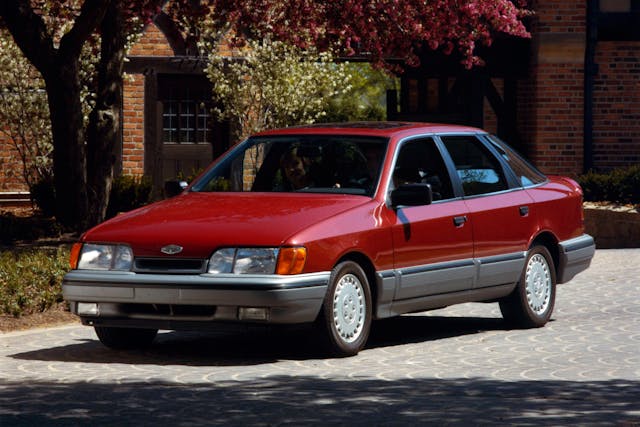
The biggest value increase in the collector cars goes to … the 1988–90 Merkur Scorpio. Before you lose your mind, remember that we’re dealing with percentage growth. And when a vehicle carries a low value to begin with, it’s doggone easy to make a huge jump. The Scorpio’s #2 value launched from a pedestrian $2600 to $10,000, an increase of a whopping 285 percent.
Second-highest goes to the 1989–93 Laforza, which jumped 142 percent ($6200 to $15,000), followed closely by the 1985–89 Merkur XR4Ti, with a 141 percent increase ($4560 to $11,000), and the 1998–2003 Laforza, which rose 99 percent ($8200 to $16,300).
“The Merkur and Laforza are very rare, so real-world sales don’t occur that often,” Wilcox says. “We may have been a little late on them, but these big jumps speak to a bigger theme. With the huge increase in online marketplaces this year, more eyes are drawn to the collector car market. This has driven more cars to become collectible, and values are rising across the board. Cars that were previously overlooked are gaining attention with this new online audience.”
1980s Japanese

One Japanese-built car jumped to the top of podium of this segment with a value increase of 113 percent: the 1987–89 Chrysler Conquest TSi. The Conquest started 2021 with an average #2 price of $12,000 and finished the year at $25,600. It was followed by the 1988–91 Honda Prelude, which rose 88 percent ($12,600 to $23,750), and the 1983–89 Mitsubishi Starion, which increased 84 percent ($12,633 to $23,200).
“Japanese cars have been hot for a few years now, but in 2021 the previously overlooked cars of the segment gained attention, as buyers look elsewhere when they’re priced out of their first choice or they want something more unique,” Wilcox says. “The ‘Starquest’ cars are a perfect example. Prior to them nearly doubling in price, an Excellent-condition example was $12K, which undercut the value of similar cars in the segment. Plus, yours might be the only one at RADwood.”
Previously overlooked Z Cars
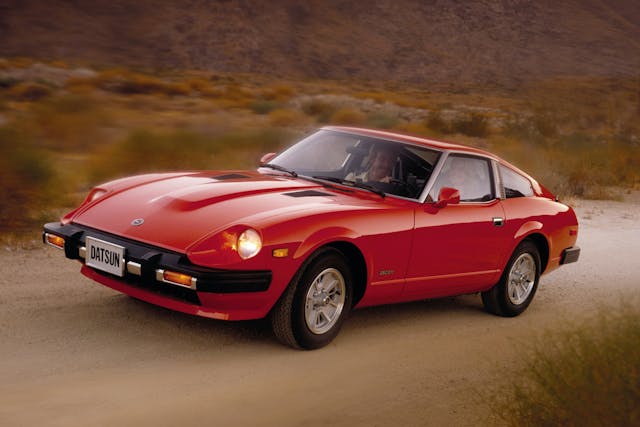
Since Z cars are so popular, we had to include a segment just for them. And the numbers don’t lie: They just keep going up in value. Atop the list is the 1978–83 Datsun 280ZX, which increased its #2 value by 83 percent, from $16,092 to $29,478.
The next three spots went to the 2003–08 Nissan 350Z, up 78 percent ($13,865 to $24,697); the 1990–96 Nissan 300ZX, up 65 percent ($16,328 to $26,921); and 1974 Datsun 260Z, up 54 percent ($25,300 to $38,950).
“The Z cars are a good example of substitution buying,” Wilcox says. “The most desirable Zs have been increasing in value a lot in recent years, so many collectors who have been priced out have started to look at the less-desirable Z models, which has increased demand and increased those values.”
Vintage Trucks
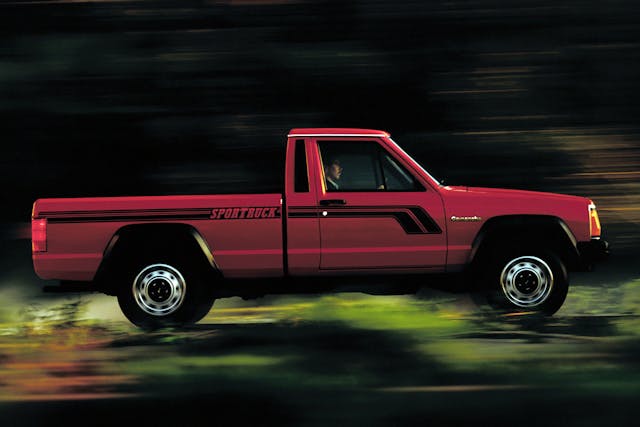
Just when you thought this list was focused solely on cars … How could we not include the venerable pickup? Whether you drive one for work or play, trucks are ingrained in American culture, and vintage utilitarian rides remain immensely popular.
Perched at #1 on the value increase list is the 1986–92 Jeep Comanche pickup, which more than doubled its #2 value in 12 months by rising from $8520 in January 2021 to $18,660 at the close of the year. That’s a 119 percent jump.
Five more vintage pickups also made significant upticks. The 1992–97 Ford F-Series pickup increased 98 percent ($14,247 to $28,268); the 1984–89 Toyota pickup rose 91 percent ($10,797 to $20,622); the 1963–87 Jeep J-Series pickup improved 90 percent ($15,926 to $30,250); and the 1981–93 Dodge D/W Series pickup increased 78 percent ($13,100 to $23,289).
Wilcox says, “Practical classics are nothing new. We’ve had a classic SUV on each Bull Market List from the start. Previously, the growth in this segment has been confined to SUVs and classic 4x4s, but now vintage trucks are joining in. The five listed here have basically doubled in value in the last year, and even then, they’re still so much cheaper than a new truck—and with twice the style.”
Analog supercars

Let’s end this thing with a bang. Or is it a roar? If we were going strictly by dollar amount, these spectacular cars with awesome-sounding engines would have been chart toppers. Regardless, even ranking by percentage increase, they made noteworthy value jumps in 2021.
At the head of the class is the iconic 1987–92 Ferrari F40, which realized a 74 percent increase in its #2 value, rising from $1,350,000 at the start of the year to $2,350,000 only 365 days later. Meanwhile, the 1995–97 Ferrari F50 rose 67 percent ($2,100,000 to $3,500,000), and the 2011–12 Lexus LFA increased 66 percent ($571,666 to $952,000), a jump that is particularly satisfying for Wilcox.
“Anyone watching the market recently won’t be surprised to see analog supercars sell for big money,” Wilcox says. “Few could have guessed that the Lexus LFA, with its dated single-clutch gearbox, would increase 66 percent in one year—except us. We guessed it when we added the LFA to the 2021 Bull Market List.
“It’s likely, as electrification and its silent performance continues to take over the market, that the sounds of internal combustion engines will make them more desirable. And there are few engines that sound better than the LFA’s V-10.”
Which vehicles will become the biggest winners and losers this year? The first major auction of 2022, Mecum Kissimmee, is already underway, and it should reveal some early indicators. Stayed tuned.

